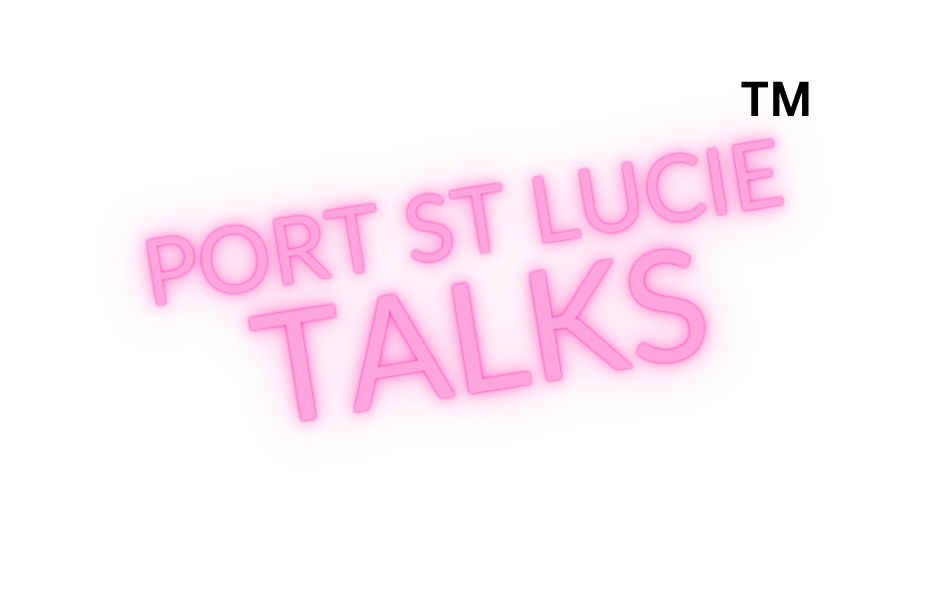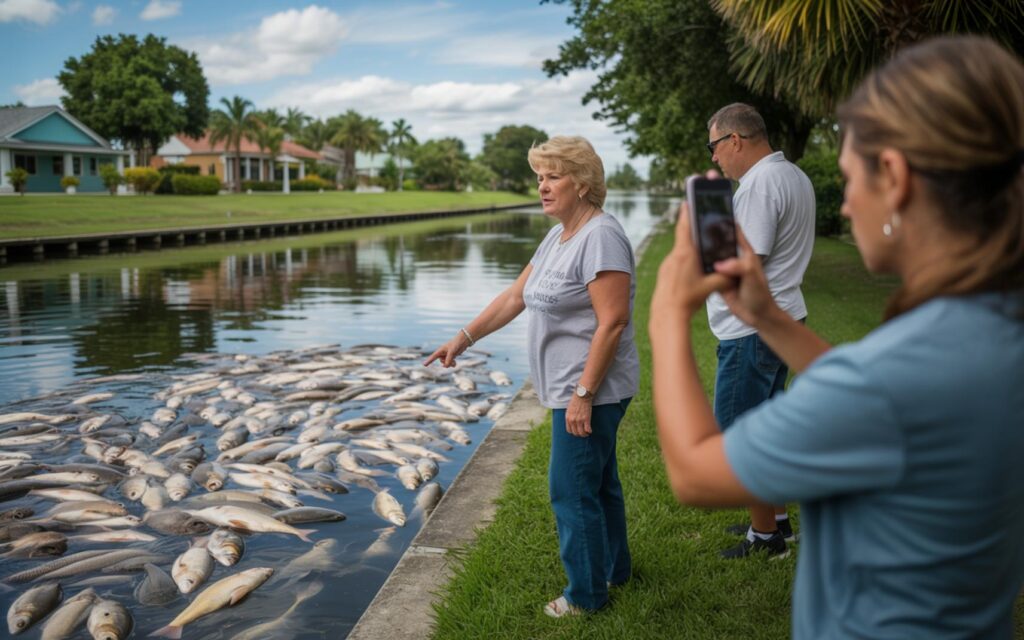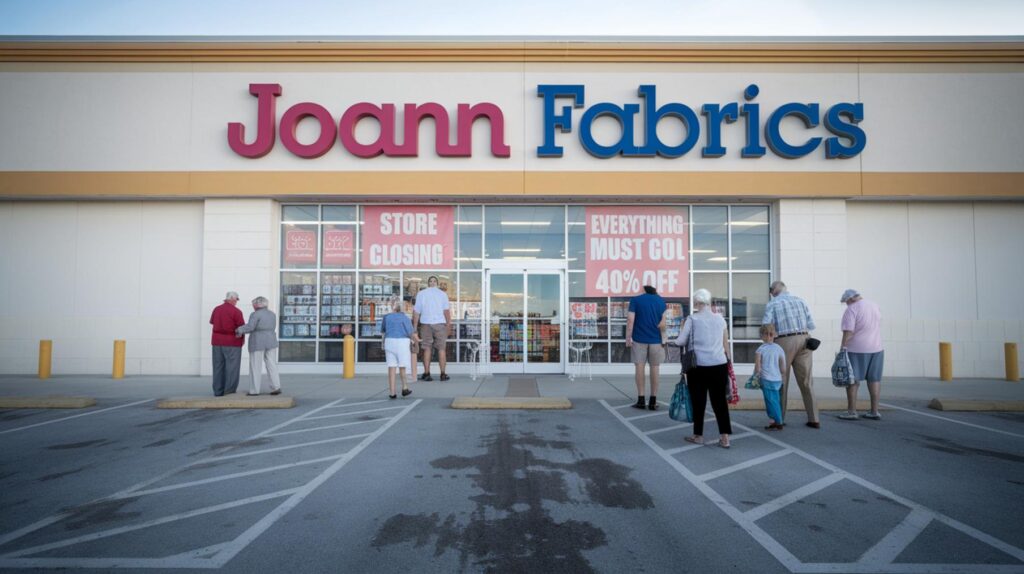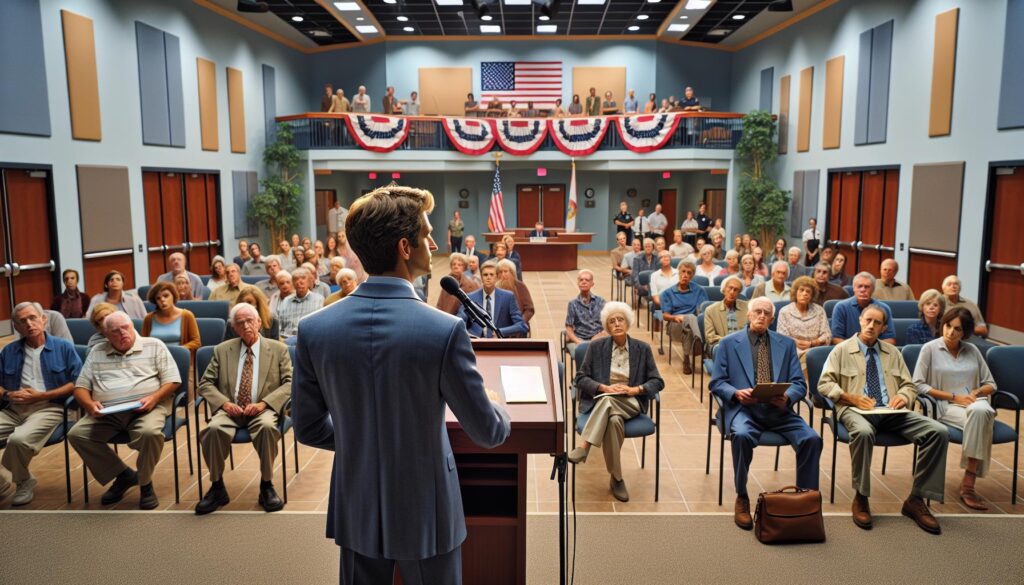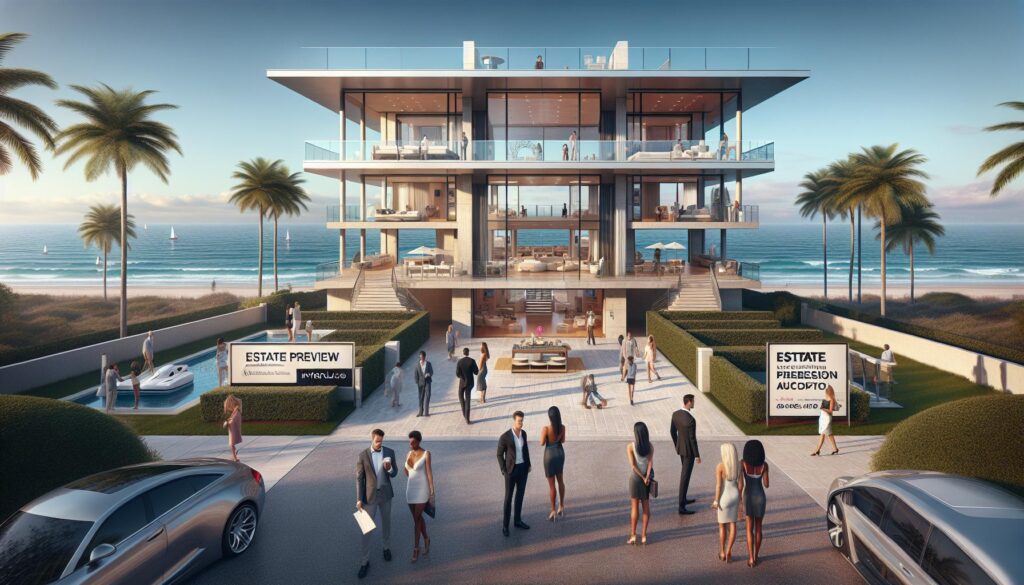Treasure Coast auto tariffs imposed by President Donald Trump could significantly impact local consumers, increasing vehicle prices across the region. The executive order, signed Wednesday, introduces a 25% tariff on all imported vehicles entering the United States, effective April 2, 2025. This move comes amid broader discussions about immigration and economic policy, including the ranking of Trump’s ‘gold card’ among the world’s most expensive golden visas.
Impact of Treasure Coast Auto Tariffs on Local Consumers
The Treasure Coast, encompassing St. Lucie, Martin, and Indian River counties, relies heavily on personal vehicles due to limited public transportation options. According to the Florida Department of Highway Safety and Motor Vehicles‘ 2023 data, the region ranks higher in car purchases relative to its population.
St. Lucie County ranks 25th in car sales among Florida’s 67 counties, surpassing its population rank of 20. Similarly, Martin County ranks 30th in vehicle sales, slightly above its population rank of 33. Conversely, Indian River County ranks 35th in vehicle sales, below its population rank of 31, reflecting a slightly lower demand.
Economic Consequences of Auto Tariffs
Economists and industry experts warn that the 25% auto tariffs could significantly raise vehicle prices, affecting both imported and domestically produced cars. Morgan Stanley auto analyst Adam Jonas predicts the tariffs could inflate average vehicle prices by approximately 11% to 12%.
Currently, the average monthly auto loan payment is approximately $750. With the new tariffs, this figure could rise to between $830 and $840 per month, placing additional financial strain on Treasure Coast consumers. This concern echoes sentiments expressed during recent protests in Port St. Lucie over potential Social Security cuts, where residents voiced fears over rising living costs.
Florida’s Dependence on Automotive Industry
Florida ranks as the third-largest vehicle buyer in the United States, purchasing roughly 1.4 million vehicles in 2023, according to automotive data resource F&I Tools. The state’s sprawling suburban landscape necessitates a strong reliance on personal automobiles, making the potential price hikes particularly impactful.
With approximately 45% of light vehicles sold in the U.S. being imported, according to S&P Global Mobility data on Wikipedia, the tariffs could have widespread implications for Florida’s automotive market.
Automakers Concerned About Tariff Impacts
Domestic automakers have expressed concerns regarding the potential negative impacts of these tariffs. Companies such as Ford Motor Co., which assembles 80% of its vehicles domestically but relies heavily on imported parts, could face increased production costs. The complexity of the automotive supply chain means that a single car part may cross borders multiple times, potentially incurring multiple tariffs.
Former Missouri Governor Matt Blunt, president of the American Automotive Policy Council, emphasized the importance of implementing tariffs in a way that avoids consumer price increases. Blunt highlighted the need to preserve the competitiveness of the integrated North American automotive sector, a key achievement of the USMCA agreement.
Potential for Reciprocal Tariffs
Another concern is the possibility of reciprocal tariffs from other countries, which could further escalate vehicle prices. Automakers exporting vehicles from the U.S. may face additional tariffs abroad, potentially impacting their competitiveness in international markets.
Canadian officials, including Prime Minister Mark Carney and Ontario Premier Doug Ford, have already voiced opposition to Trump’s tariffs, indicating possible retaliatory measures.
Local Economic Implications
For Treasure Coast residents, increased vehicle costs could lead to reduced disposable income and economic strain. The region’s economy, already heavily reliant on automotive transportation, may experience broader economic consequences if consumers reduce spending in other areas to cover higher vehicle expenses. These financial pressures are especially concerning for older residents, many of whom recently participated in a local demonstration addressing Social Security and cost-of-living concerns.
Local dealerships could also experience decreased sales volumes, potentially affecting employment and economic stability within the automotive retail sector.
Frequently Asked Questions About Treasure Coast Auto Tariffs
What are Treasure Coast auto tariffs?
Treasure Coast auto tariffs are a 25% tax imposed by the U.S. government on imported vehicles. These tariffs aim to encourage domestic manufacturing but may increase vehicle prices for consumers.
How much could auto tariffs raise car prices in PSL?
Experts estimate that auto tariffs could raise average vehicle prices by 11% to 12%. Monthly auto loan payments could increase from approximately $750 to $830-$840.
Are there retirement communities on the Treasure Coast affected by auto tariffs?
Yes, retirement communities (55+ communities) on the Treasure Coast may be impacted as residents typically rely heavily on personal vehicles. Higher costs could affect their budgets significantly.
Can you avoid paying auto tariffs in Port St. Lucie?
No, consumers cannot directly avoid paying auto tariffs. The increased costs are typically passed on from automakers and dealerships to the consumer through higher vehicle prices.
Where are Treasure Coast auto tariffs most impactful?
Auto tariffs are most impactful in regions like the Treasure Coast, where public transportation is limited and residents rely heavily on personal vehicles. Increased vehicle costs could significantly affect local economies and household budgets.
Port St Lucie Talks
